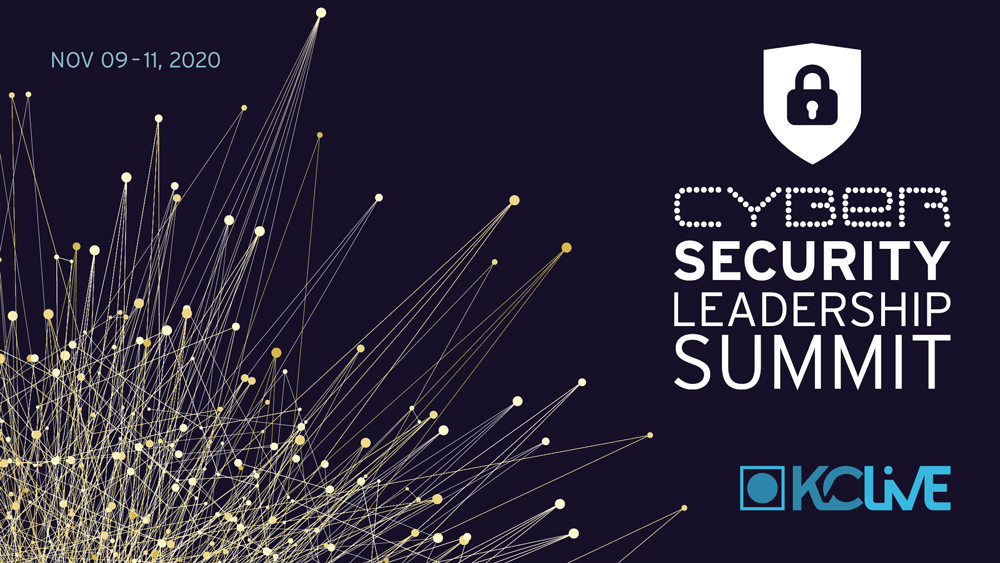Not many people had heard of Schroedinger's cat before the CBS series "The Big Bang Theory" came out. Dr. Sheldon Cooper used this thought experiment to explain to Penny the state of her relationship with Lennard. It could be good and bad at the same time, but you can't be sure until you've started (to open) the relationship.
Admittedly, this is a somewhat simplified version of Schroedinger's thoughts by the authors of the series, but his original idea behind it is still relevant 100 years later. Schroedinger considered the following: "If you put a cat and a poison, which is randomly effective in time, into a box and seal it, as an observer you cannot tell whether the cat is alive or not. Therefore, it will be both until someone opens the box and checks.”
Superposition states lead to parallel calculations
This is a metaphor for superposition as it applies to quantum mechanics. One bit (the cat) can have several states at the same time and is therefore fundamentally different from the classical on/off or 0/1 representation in today's computer science, which is based on physical laws. Due to this possibility of superposition states, parallel computing operations can also be performed according to the laws of quantum mechanics, which accelerates the time of complex calculations. Google announced a few months ago that they have managed to build a quantum computer with 53 (Q)bits, capable of handling computations much faster than current supercomputers can; it can solve a selected problem in 3 minutes instead of 10,000 years, for example.
The way we decrypt data actually is in danger
This is precisely where the dangers for our current IT lie. Almost all encryption of data at rest and in transit is based on complex calculations that can only be efficiently decrypted with the right "key". If quantum computers become able to efficiently calculate, our current security concept for data collapses entirely.
Moreover, it would also have a massive impact on cryptographic currencies. Their added value is based on complex calculations in the blockchain, which requires a certain amount of computing power. If this could from now on be done in milliseconds, this market would also suddenly become obsolete.
Quantum based calculations offer a lot of potential
Of course, quantum computing also has advantages, because the biggest disadvantage (as it stands today) is also the biggest advantage: Complex calculations can be completed in a very short time. Everything that is based on many variables and various parameters can be calculated efficiently and with a realistic forecast. Good examples are environmental events and weather forecasts. These are based on an extremely large number of variables and are currently predicted using approximate algorithms rather than correct calculation. The same applies to traffic data. Cities or navigation systems could use all parameters and thus calculate the perfect route for each participant and adjust signal circuits if necessary. This is a dream come true from an environmental and traffic planning perspective: fewer traffic jams, fewer emissions and faster progress.
We need to change the way we encrypt
But what remains, despite all the enthusiasm for the potential, is the bland aftertaste regarding the security of data. However, scientists are already working on this as well, developing new algorithms based on other paradigms such as complex calculations. For example, instead of today's private keys, an encryption based on the value system itself can be defined. For example, if the algorithm does not know what value the number 4 really represents, it cannot decipher it easily. The key to encrypt is the underlying coordinate system. Future algorithms with the use of artificial intelligence will emerge and of course there are also considerations on how to use quantum computing for encryption.
In the end, quantum computing is just one more step towards more efficient computers, which might be replaced by artificial brains in another 100 years, bringing mankind another step forward in technology.












































